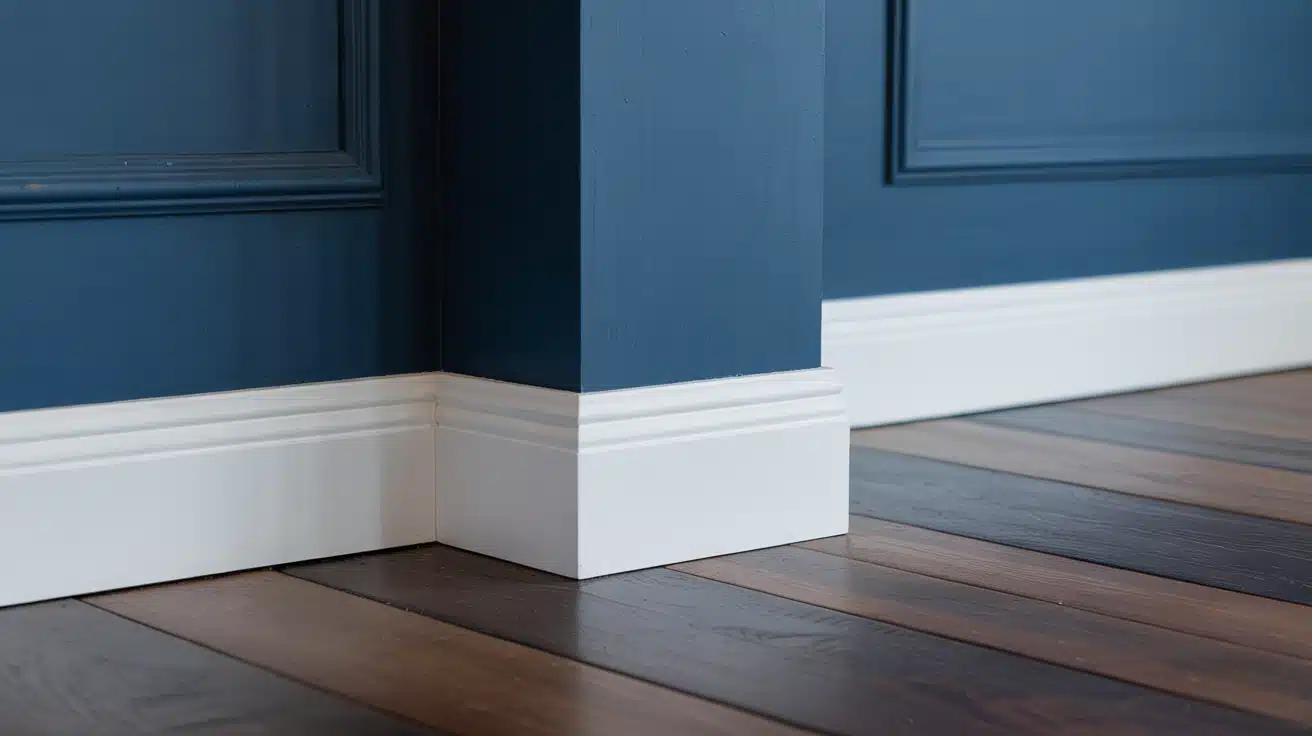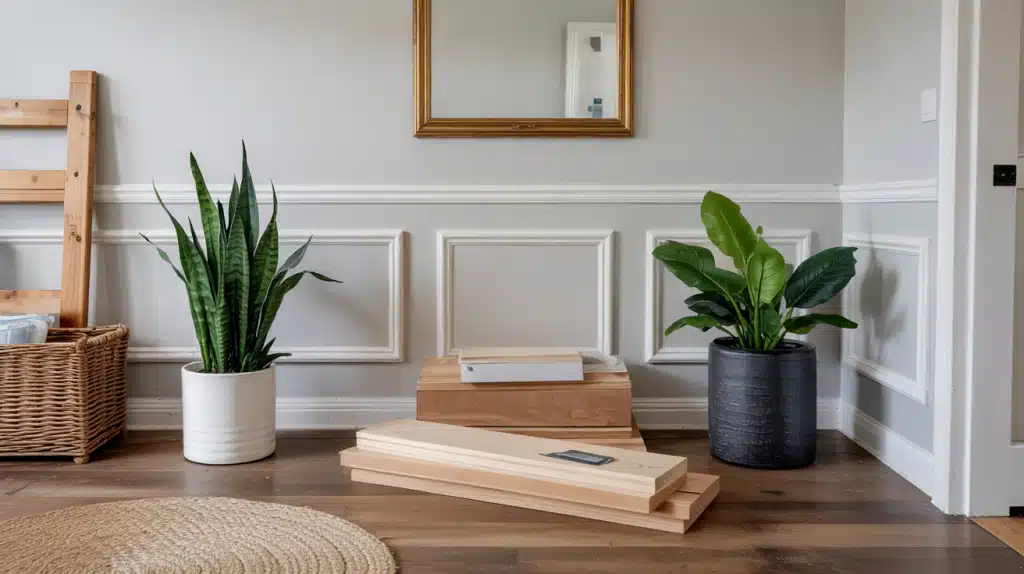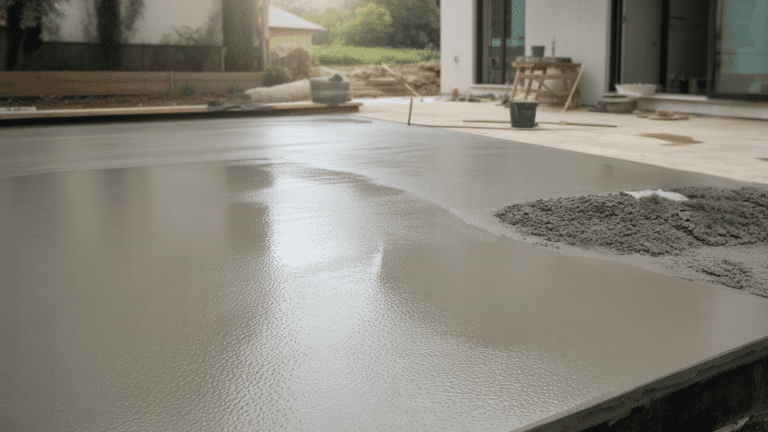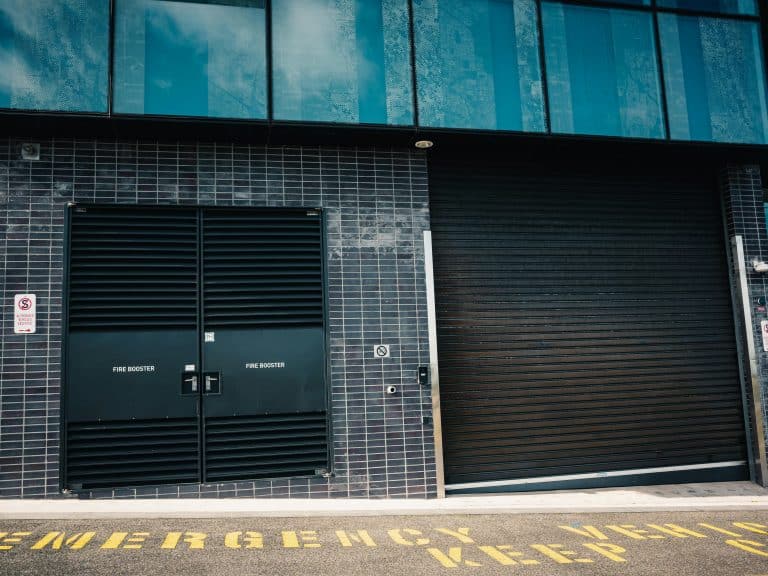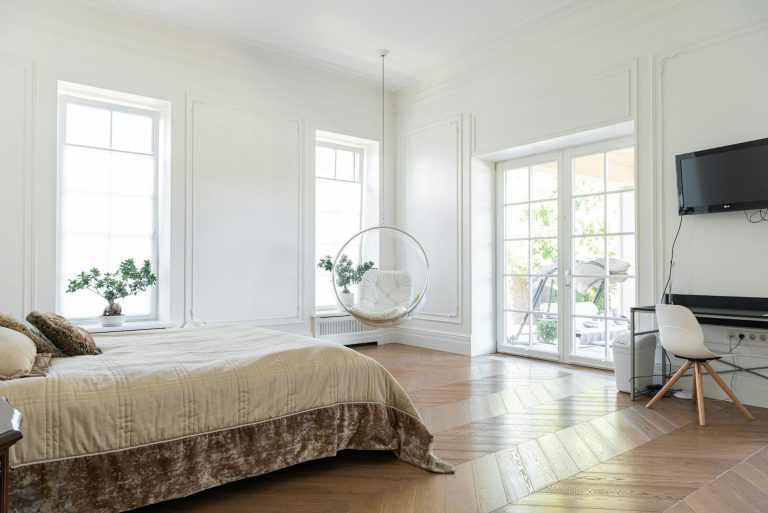Baseboards: What They Are and Why They Matter
Walk into any well-designed room and you’ll notice something important along the bottom of every wall. Those horizontal strips of trim might seem small, but they’re working hard behind the scenes.
Baseboards do much more than just look good; they protect your walls, hide construction gaps, and block moisture from sneaking into your home.
Most homeowners don’t think twice about baseboards until they’re missing. Then suddenly, rooms look unfinished, and walls start showing damage from daily life.
The right baseboards can make or break your interior design while solving practical problems you didn’t even know you had.
Ready to learn why these simple strips of trim matter so much in home design?
What Are Baseboards?
Baseboards are horizontal strips of trim installed along the bottom edge of interior walls where they meet the floor.
These finishing pieces serve a dual purpose in your home; they protect walls from scuffs, kicks, and cleaning equipment while covering up any gaps or uneven edges between the wall and flooring.
Think of baseboards as the final touch that gives rooms a clean, finished look while acting as a shield for your walls from daily wear and damage.
Types & Materials of Baseboards
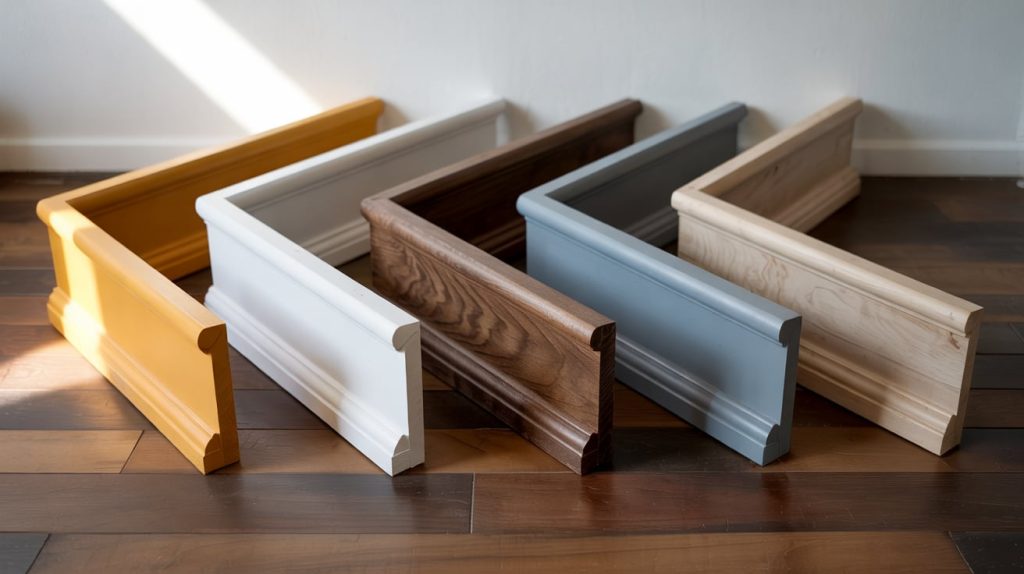
Explore the most popular baseboard materials and styles to find the perfect match for your home’s design and budget.
| Material Type | Key Features | Best For |
|---|---|---|
| Wooden Baseboards | Traditional, paintable, adds natural warmth to rooms | Living rooms, bedrooms, and dining areas |
| MDF | Affordable, smooth surface perfect for painting | Budget projects, painted finishes |
| Vinyl/PVC | Moisture resistant, easy to clean and maintain | Bathrooms, kitchens, basements |
| Tile Baseboards | Ceramic or stone, matches tile flooring | Bathrooms, kitchens, and commercial spaces |
| Metal Options | Aluminum or steel, modern industrial look | Modern homes, commercial buildings |
Baseboards: Key Functions and Benefits
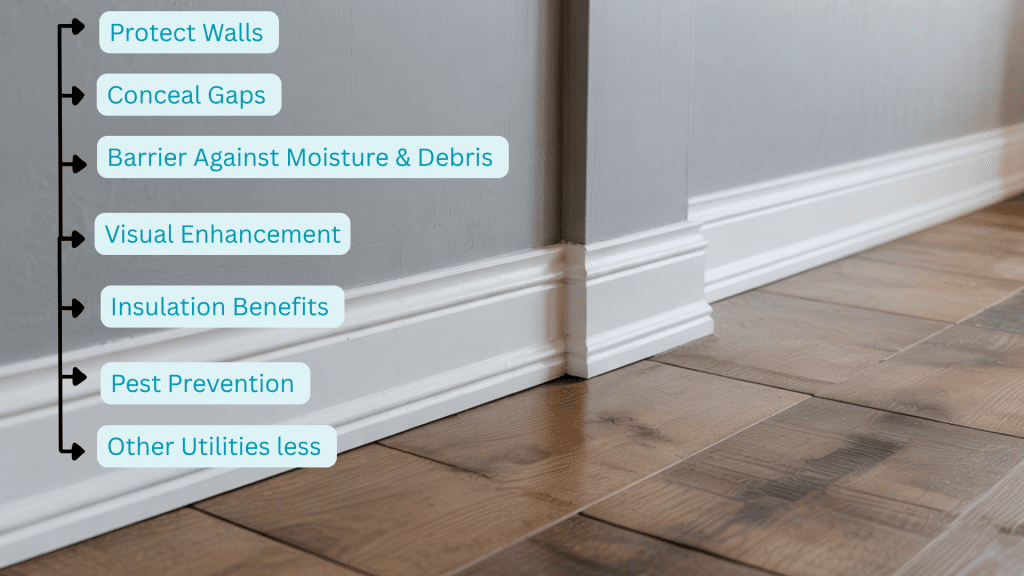
Learn how baseboards protect your walls, improve your home’s style, and provide the perfect finishing touch to any room.
1. Protect Walls
Baseboards act as a protective barrier for your walls against daily damage. They shield the lower portion of walls from vacuum cleaners, mop buckets, furniture bumps, and accidental kicks.
Without this protection, your walls would show scuff marks, dents, and scratches over time. This simple trim piece saves you from frequent wall repairs and repainting.
2. Conceal Gaps
Construction rarely creates perfect joints between walls and floors. Baseboards hide these uneven gaps and cover up small imperfections that occur during building.
They create a smooth visual transition that makes rooms look professionally finished. This covering function is essential in older homes where settling may have created larger gaps.
3. Barrier Against Moisture & Debris
Baseboards seal the space between your wall and floor to prevent problems. They stop water from seeping behind walls during cleaning and block dust from collecting in cracks.
This barrier also prevents cold drafts from entering through gaps. In bathrooms and kitchens, this moisture protection is particularly important for preventing damage.
4. Visual Enhancement
Baseboards add a finished, polished appearance to any room. They create clean lines that frame your walls and floors beautifully.
The right baseboard style can complement your home’s design and make spaces feel more complete. Many homeowners use baseboards to add character and style to otherwise plain rooms.
5. Insulation Benefits
Older homes often have gaps around the floor perimeter that let in cold air. Baseboards help seal these openings and reduce energy loss through drafts.
This extra insulation can lower heating costs during the winter months. The sealed barrier keeps your home more comfortable year-round.
6. Pest Prevention
Small insects and rodents often enter homes through tiny gaps along walls. Baseboards block these entry points and make it harder for pests to get inside.
This physical barrier is your first line of defense against unwanted visitors. Properly installed baseboards reduce the number of places pests can hide or enter.
7. Other Utilities
Some baseboard designs can hide electrical wiring or heating elements. Specialty baseboards with channels allow you to run cables along walls without visible wires.
Baseboard heating systems use this trim to conceal heating pipes while warming rooms. These functional designs keep utilities hidden while maintaining a clean appearance.
Baseboard Pricing & Budget Guide
Learn how much baseboards cost, what affects pricing, and innovative ways to plan your budget without sacrificing style.
| Cost Factor | Details |
|---|---|
| Average Price Ranges | Varies by material and style: MDF ($0.60–$1.50/ft), Wood ($1–$3/ft), Vinyl/PVC ($1–$2/ft), Tile/Metal ($2–$6/ft) |
| Hidden Costs | Caulking, priming, painting, disposal of old baseboards, and additional trim work |
| Cost-Saving Tips | Buy in bulk, choose pre-primed boards, DIY installation for simple styles, and opt for durable yet affordable materials like MDF. |
Color & Finish Ideas for Baseboards
Get inspired with color and finish ideas to make your baseboards stand out or blend seamlessly with your home’s interior.
- White is a timeless choice: White baseboards work with any wall color and make rooms feel larger and brighter.
- Matching vs contrasting wall colors: Matching creates a smooth, cohesive look while contrasting adds definition and makes ceilings appear taller.
- Gloss finishes: High-gloss and semi-gloss are easy to clean and resist scuffs, perfect for high-traffic areas.
- Matte finishes: Flat and eggshell finishes hide imperfections but show dirt more easily than glossy options.
- Bold black baseboards create a striking contrast in modern homes, making white or light walls pop dramatically.
- Natural wood stain: Warm oak, cherry, or walnut stains add richness and work beautifully with hardwood floors.
How to Choose the Right Baseboards
Selecting the perfect baseboards starts with matching your home’s style. Sleek, flat profiles work well in modern spaces, while detailed, ornate designs suit traditional homes.
Choose materials based on room function: wood baseboards look great in living areas and bedrooms, while PVC or vinyl options resist moisture better in bathrooms and kitchens.
For sizing, taller ceilings can handle wider baseboards (4-6 inches), while standard 8-foot ceilings look best with 3-4-inch trim.
Consider your room’s color scheme when picking paint or stain finishes, and remember that white or neutral tones offer the most flexibility for future design changes.
The Bottom Line
Baseboards might be the most underrated heroes in your home.
These simple strips of trim work tirelessly to protect your walls from damage, seal gaps that let in drafts and pests, and give every room that finished, professional look you want.
From moisture-resistant PVC in bathrooms to classic wood in living spaces, the right baseboard choice depends on your home’s style and each room’s needs.
Remember, taller ceilings can handle wider profiles, while standard rooms look best with 3-4 inch trim.
Whether you’re renovating or building new, baseboards are a small investment that makes a big difference in both function and style.
Ready to give your home the finishing touch it deserves? Start by measuring your rooms and choosing the material that fits your lifestyle and budget.
Frequently Asked Questions
What Is the Purpose of Baseboards?
Baseboards protect walls from damage, hide gaps between walls and floors, and give rooms a clean, finished appearance.
What Is the Difference Between Trim and Baseboards?
Baseboards are a specific type of trim that runs along the bottom of walls, while trim includes all decorative molding around doors, windows, and ceilings.
Is It Okay Not to Have Baseboards?
You can skip baseboards, but your walls will be more prone to scuffs and damage, and rooms may look unfinished or have visible gaps.
What Does a Baseboard Look Like?
A baseboard is a horizontal strip of wood, MDF, or vinyl that sits flat against the wall where it meets the floor, usually 3-6 inches tall.

